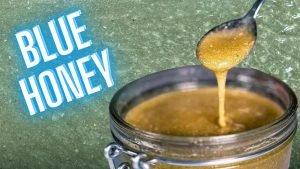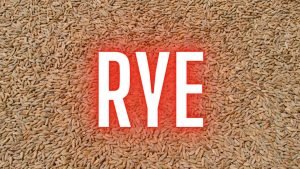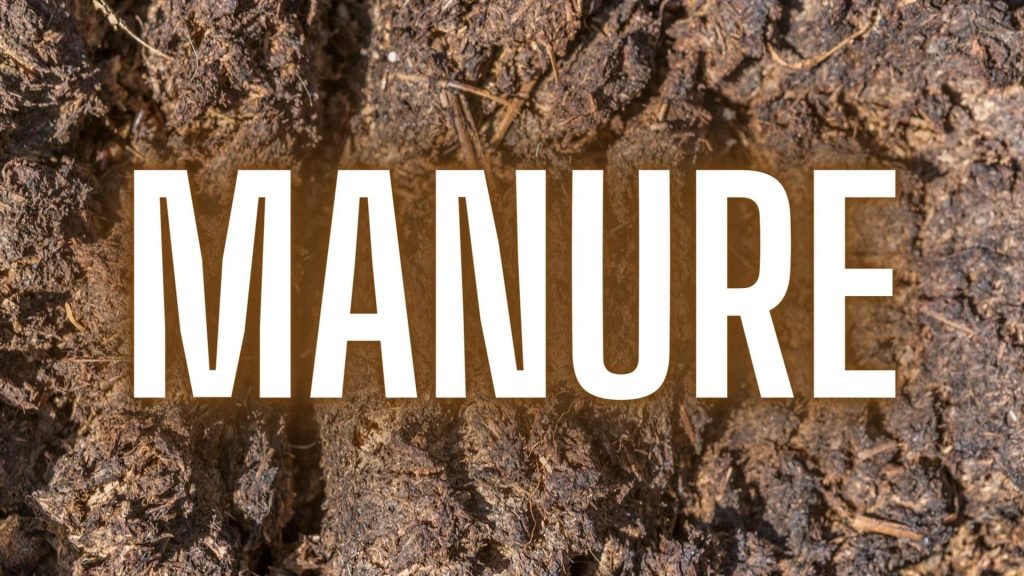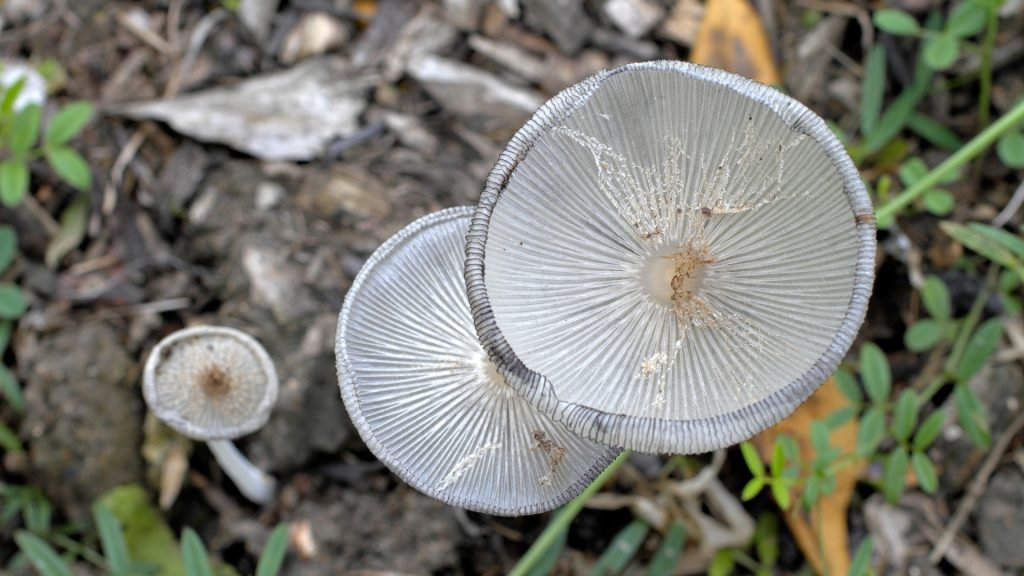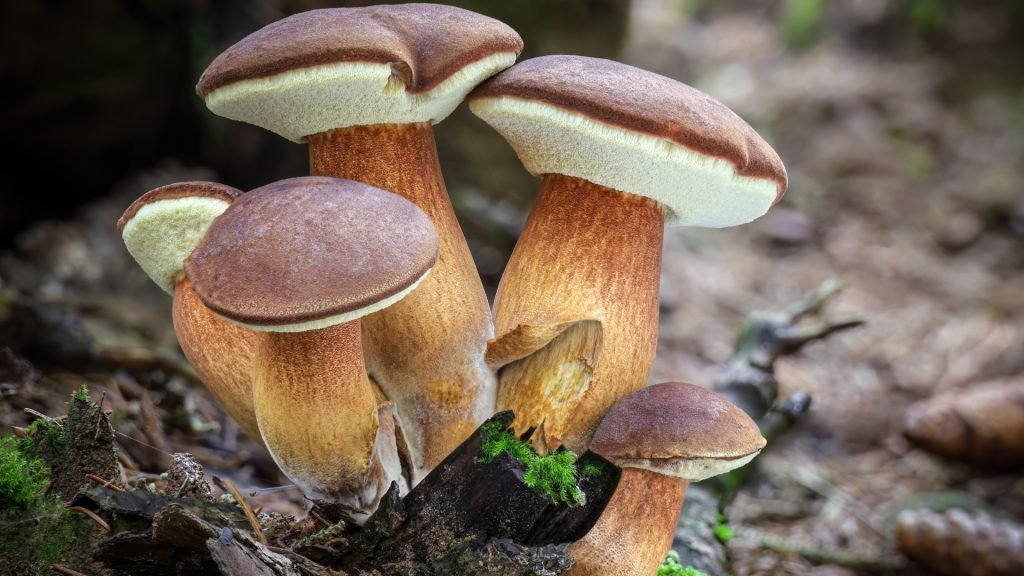In the eclectic ensemble of fungi, the Turkey Tail mushroom (Trametes Versicolor) stands out with its vivid colors and crucial ecological role. With its global distribution and undeniable charm, it captures the imagination of mycologists, foragers, and nature enthusiasts alike.
As we embark on a detailed exploration of Trametes Versicolor, we immerse ourselves in the vibrant world of this unique fungus. From the damp woods of North America to the humid jungles of Asia, Turkey Tail thrives in diverse ecosystems, playing a crucial role in nature’s intricate web.

Identification and Characteristics of Trametes Versicolor:
Turkey Tail’s striking appearance makes it an easily identifiable and beloved feature of many woodland walks. Named for its vibrant, multicolored bands reminiscent of a turkey’s tail, its aesthetics are as impressive as its biological functions.
Biology and Morphology – Trametes versicolor is a polypore mushroom, meaning it releases spores through minute pores on the underside of its cap. The mushroom cap is fan-shaped with concentric, multicolored zones of browns, blues, and greens.
Ecological Niche – As a saprophytic fungus, Turkey Tail feeds on dead organic matter, playing an essential role in nutrient cycling within forest ecosystems. It specializes in breaking down lignin, a complex organic polymer that gives wood its rigidity.
Global Distribution – Trametes Versicolor has a broad distribution, found across multiple continents. Its adaptability to a variety of climatic conditions and substrates contributes to its widespread presence.

The Ecological Role of Trametes Versicolor:
The ecological role of Trametes Versicolor goes beyond its identification as a decomposer; it also has significant implications for soil fertility, forest health, and biodiversity.
Soil Fertility – By decomposing woody debris, Turkey Tail releases nutrients locked away in dead organic matter back into the soil, enhancing its fertility and promoting the growth of plants and other organisms.
Forest Health – In forests, the decomposition process carried out by Turkey Tail and other saprophytic fungi helps clear away fallen trees and branches, contributing to forest hygiene and reducing the risk of wildfires.
Biodiversity – By creating nutrient-rich microhabitats, Trametes versicolor indirectly supports biodiversity. Many insects and small invertebrates utilize decomposing wood as a food source and habitat.
The universe of mushrooms is expansive, each variant bearing its own unique charm and characteristics. The Marketplace on the 🍄 Mushroom Network is a testament to this diversity. It is a haven for those seeking a deeper understanding of the magical world of mushrooms. If you’re keen on learning more about this type of mushroom and other mushroom variants, this Marketplace is your ultimate resource.
No posts found!
Conservation and Sustainability Considerations:
Despite its wide distribution and resilient nature, Trametes Versicolor is not immune to the challenges posed by environmental change and human activity.
Habitat Loss – Deforestation and changes in land use can negatively impact Turkey Tail populations, reducing their available habitat and their ability to perform their crucial ecological roles.
Climate Change – Changes in climatic patterns can disrupt the distribution and growth patterns of Trametes Versicolor. Further research is required to understand these potential impacts fully.
Overharvesting – Given Turkey Tail’s popularity in traditional medicine and growing interest from the pharmaceutical industry, there is a risk of overharvesting. It is essential to ensure sustainable collection practices.
Not sure where to start? The 🍄 Mushroom Academy offers a wide range of courses tailored to your needs. Whether you’re a beginner eager to learn or an experienced mycologist looking to broaden your knowledge, the 🍄 Academy has something for everyone.
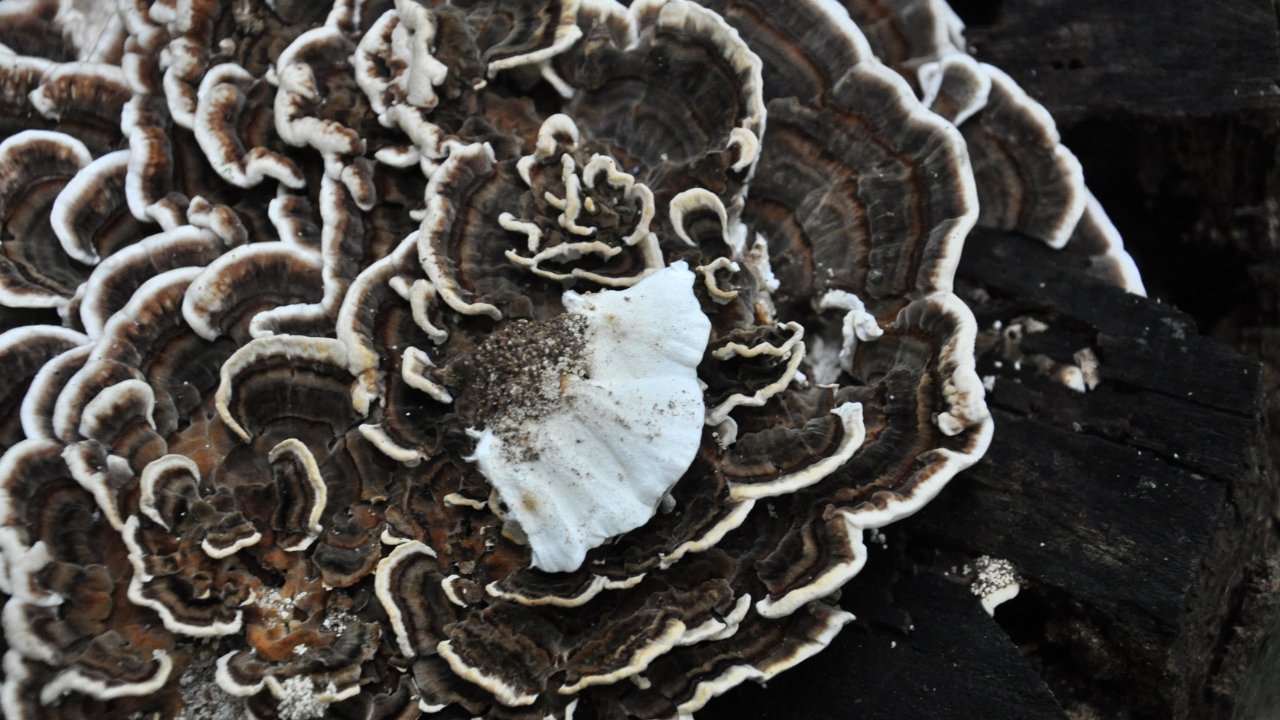
Paving the Path to Understanding:
As we tread the “Path to Understanding”, the rich tapestry of Trametes Versicolor’s ecological roles and global distribution becomes increasingly fascinating. This humble yet vibrant mushroom holds significant ecological importance, effortlessly linking the aesthetics of the natural world with the intricate processes that sustain it.
Don’t forget to check out the 🍄 Mushroom Network’s Marketplace to see what’s available. But hurry, our shelves are constantly evolving, and you wouldn’t want to miss out on this wonderful mushroom. Join our growing network of Patrons, Genetics, and Mycologist Vendors only on the 🍄 Mushroom Network!
Recommended Reads:
Mushrooms on the ISS: Sustenance and Science
Space, often seen as humanity’s final frontier, has been the setting for numerous groundbreaking experiments....
Read More...The Ancient Alchemy of Blue Honey: Magic Mushrooms Meet the Nectar of Bees
About This Article: Ever stumbled upon honey with an enigmatic deep blue hue? This isn’t...
Read More...Shiitake (Lentinula Edodes)
Welcome to another fascinating journey through the mycological marvels of our planet. Today, we’re diving...
Read More...Rye TEK for Mycology: A Comprehensive Guide
Discover the magic of Rye grains, an esteemed substrate within the world of mycology. Often...
Read More...Whoa there, Spore Sport! 🍄 Looks like you’re not logged in yet. Don’t you know what you’re missing? MYCO-CREDITS! Imagine all the fungal fun you could have. It’s like finding a Morel in May and not picking it. Tragic, right? Log In or Become a Myco-Patron and start racking up those credits. It’s more rewarding than finding a mushroom in your backyard! 🌟🏡



